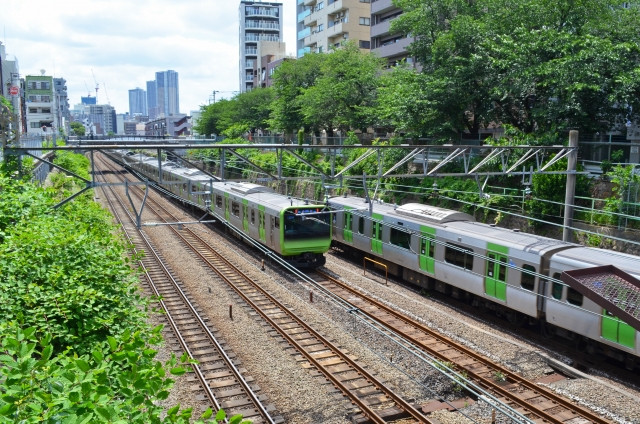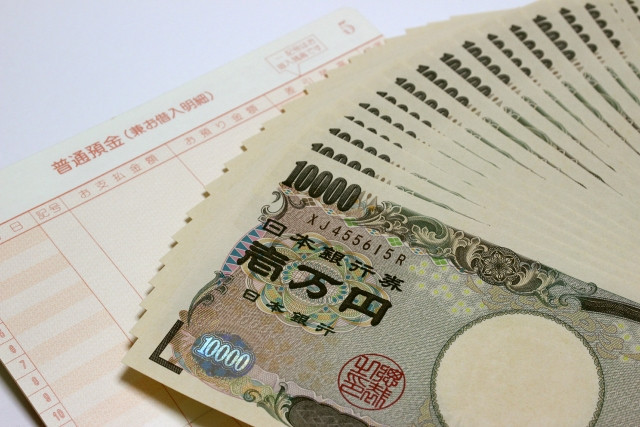Riding a train is a typical mode of transportation in Japan. One of the most important in the vast Osaka area would be the Osaka Metro. Educating oneself with its design is a huge step towards understanding the general railway picture of Japan and just getting around smoothly in Osaka.
Table of Contents
The Beginning of Osaka Metro
Mobility within and between megacities
As modern industries and advanced living solutions boomed, the urge to move to the city became a major priority, causing the rapid spike of congested places in Osaka. The city of Osaka with almost 3 million people now resides in this region and traveling from place to place became a great challenge in some areas, leading to major developments in transportation methods. Osaka is now a principal transport city of Japan, contributing to relaxed access to travel, both to and across the country.
※ City of Osaka, "Profile of Osaka City"
Osaka Metro is one of these developments in transportation. Being the center of the urban section, Osaka needs an efficient way to transport its almost 3 million occupants. The Osaka subway was the primary metro in Japan, dating it back to 1933, and now has a total of eight grids extending to 130 km.
※ Japan Subway Association, "Osaka Metro"
Writer's Pick
The Different Subway Lines of Osaka Metro

Here is the list of the nine leading subway lines of Osaka Metro that you can ride on when exploring the place:
-
Midosuji Line (red) - this subway passes through northern and southern areas of Osaka. As mentioned, Midosuji Line can take you to different places that the remaining subway lines don’t service. This subway stops at several stations, 20 to be exact, with several tourist destinations. One of the sites where you can merely spend your time shopping is located in the Umeda Station, to four large department stores- Hankyu, Daimaru, Hanshin, and Isetan. If you want to spend your money at a low-cost, you can stop at Shinsaibashi Station where you can thrift-shop clothes and other goods.
-
Tanimachi Line (violet) - consists of 26 stations, this subway line travels from its northern terminal, Dainichi, to its southern terminal, Yaominami Station. Originally, its name was coined from one of the roadways in Osaka- the Tanimachi-suji. Similar to Midosuji, this subway travels through various shopping streets, specifically the Tenjimbashisuji-chome station. This subway also stops at Minami-morimachi Station, nearing the station of the largest festival held every 24th and 25th of July, the Tenjin Matsuri festival.
-
Yotsubashi Line (blue) - travelling from north to south, this subway can take you to the Umeda Sky Building by Nishi-Umeda Station, as well as the HEP Five and Grand Front Osaka shopping centers. The line can also bring you to different museums at Higobashi Station.
-
Chuo Line (green) - This subway line passes to the eastern parts of Osaka. With its 14 stations, that gives easy access to some of Osaka’s tourist spots such as the Osaka Castle Park, Osaka Bay Area and Kaiyukan Aquarium.
-
Sennichimae Line (pink) - another subway line that will fill your shopping and entertainment cravings by getting you to the districts of Namba and Nipponbashi, in the north western and south eastern parts of Osaka. Theaters and temples such as the Shin-Kabukiza Theater and Hozen-ji Temple are also located in the stations that the Sennichimae line passes through.
-
Sakaisuji Line (brown) - composed of ten stations and with a specific brown code, this subway travels to the north and south of the metro, with terminals Tenjimbashisuji Rokuchome and Tenchagaya stations respectively. This line can cater you to zoos, amusement parks, and to the country’s oldest buddhist temple - Shitennoji Temple.
-
Nagahoritsurumi Ryokuchi Line (light-green) - eponym from a boulevard of central Osaka, this subway takes you to its southwestern and north-eastern parts of the city. If you are a sports enthusiast or going to a large scale concert, this line runs through Dome-mae Chiyozaki station, where Osaka Dome is housed.
-
Imazatosuji Line (orange) - made public in December 2006, this line runs from north to south by way of Itakano and Imazato Stations. One shopping street near Imazato Station is Ikuno Koreatown wherein a lot of Korean restaurants and shopping stores are located.
-
Nanko Port Town Line (blue) - also known as New Tram, is a blue-coded subway that is linked to the Osaka Metro’s Chuo line. One interesting fact about New Tram is, it is driverless and fully computer automated. There are many convention halls on this line.
Using Osaka Metro

The Subway System
People usually long for a ride that will make them relaxed and at ease for a moment. The subway line of Osaka makes the journey convenient to travelers. Below are some facts that you must know when visiting the place (for future references):
Price
-
The price of tickets when using the subway vary with age. For children below 11, fares are purchased at a price ranging from 90-190 yen, otherwise, 180 yen to 380 yen for adults.
-
Osaka subway machines offer a card that lets you enjoy a limitless ride in a day. This ‘’Osaka Enjoy Card’’ is available for both children and adults. Price varies depending on the day of purchase. It usually costs around 800 yen for adults and 300 yen for kids.
-
Please note that your JR Pass does not cover Osaka Metro fares
Convenience
-
Even though the metro is composed of nine subway lines, securing a ticket is not a problem since purchasing one can be used in all stations.
-
No worries, as the Osaka subway lines are promising and committed to providing you a safe and fast ride. Late arrival to the places you want to visit is usually avoided.
-
The Midosuji and the Chuo Lines that intersect with each other can be a passage to all your destinations.
-
The Midosuji Subway Line is most useful when you travel to the northern or southern parts of Osaka.
※ Osaka Metro, "Fares (Subway) / (Osaka City Bus)" ※ Osaka Metro, "Osaka 1-Day Pass - Enjoy Eco Card"
Summary

Japan proved itself as one of the countries famous for its efficient trains and subways. As people from different parts of the globe love to travel from time to time, securing a fast, reliable, and convenient passage can boost the rating of visitors annually, making it a great destination. This is also significant for residents working on a daily basis. The subway lines of Japan are big steps in changing one’s perspective of mobility and access, and the ones in Osaka are no exception. Make sure to take full advantage of Osaka Metro when you visit!

































